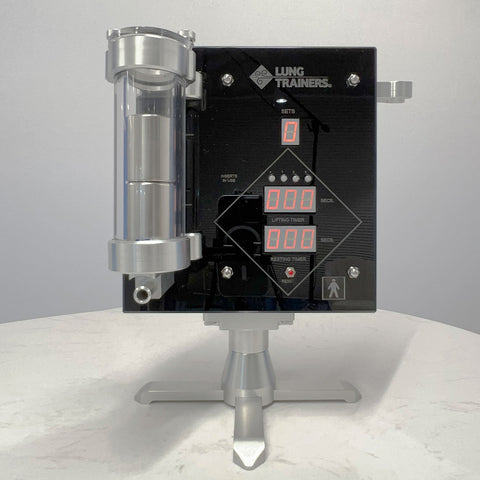Introduction
Music, a universal language that resonates with emotions and transcends cultural boundaries, is often considered a gift to both the listener and the performer. Musicians, whether they are vocalists or instrumentalists, understand the critical role that controlled and efficient breathing plays in their craft.
In this article, we will explore the importance of breathing exercises for musicians, how they can enhance performance, and introduce some effective techniques to help musicians breathe in harmony with their music.
The Vital Role of Breath in Music
Breath is the life force of a musician's performance. It's not just about inhaling and exhaling; it's about control, rhythm, and expression. The way breathing exercises for musicians influences their tone quality, phrasing, and overall musicality. Here's why breath is paramount for musicians:
1. Sustaining Notes: Proper breathing allows musicians to sustain long notes, essential for creating expressive melodies and maintaining the flow of a musical piece.
2. Control and Dynamics: Breath control enables musicians to achieve dynamic variations, from soft pianissimo to powerful fortissimo, adding depth and emotion to their performances.
3. Phrasing and Articulation: Musicians use breath to shape phrases, articulate notes, and create musical nuances that capture the essence of a composition.
4. Relaxation and Endurance: Effective breathing reduces tension, helping musicians to relax and perform with endurance, especially during longer pieces or intense performances.
Breathing Exercises for Musicians
1. Diaphragmatic Breathing: This fundamental technique is the cornerstone of efficient breathing for musicians. To practice diaphragmatic breathing, lie down with one hand on your chest and the other on your abdomen. Inhale deeply, focusing on expanding your abdomen rather than your chest. Exhale slowly. Practice this technique regularly to develop better breath control.
2. Pursed-Lip Breathing: Pursed-lip breathing is especially beneficial for wind instrumentalists. Inhale through your nose for two counts and then exhale through pursed lips for four counts. This exercise helps regulate the flow of air and promotes control and endurance.
3. Box Breathing: This technique involves inhaling for a count of four, holding the breath for four, exhaling for four, and then pausing for another count of four before inhaling again. Box breathing can help you maintain steady breath during performances, reducing anxiety and enhancing concentration.
4. Synchronized Breathing and Movement: Singers and instrumentalists can benefit from synchronized breathing with their musical phrases. As you practice your pieces, align your breathing exercise device with musical cues, such as changing notes or rests, to create seamless and expressive performances.
5. Yoga and Meditation: Yoga and meditation offer musicians holistic approaches to breath control, relaxation, and mindfulness. These practices can help reduce performance anxiety and improve overall well-being.
6. Breath Support Exercises: To strengthen the muscles involved in breathing, you can perform exercises such as singing while holding a yoga ball between your knees. This exercise engages core muscles, which are essential for breath support.
Conclusion
Breathing exercises for musicians are not merely technical drills; they are pathways to creating beautiful, expressive, and captivating music. By mastering the art of controlled breathing, musicians can elevate their performances, communicate emotions more effectively, and enjoy a more relaxed and fulfilling musical journey.
Source URL :- https://sites.google.com/view/lung-trainers/home





Comments